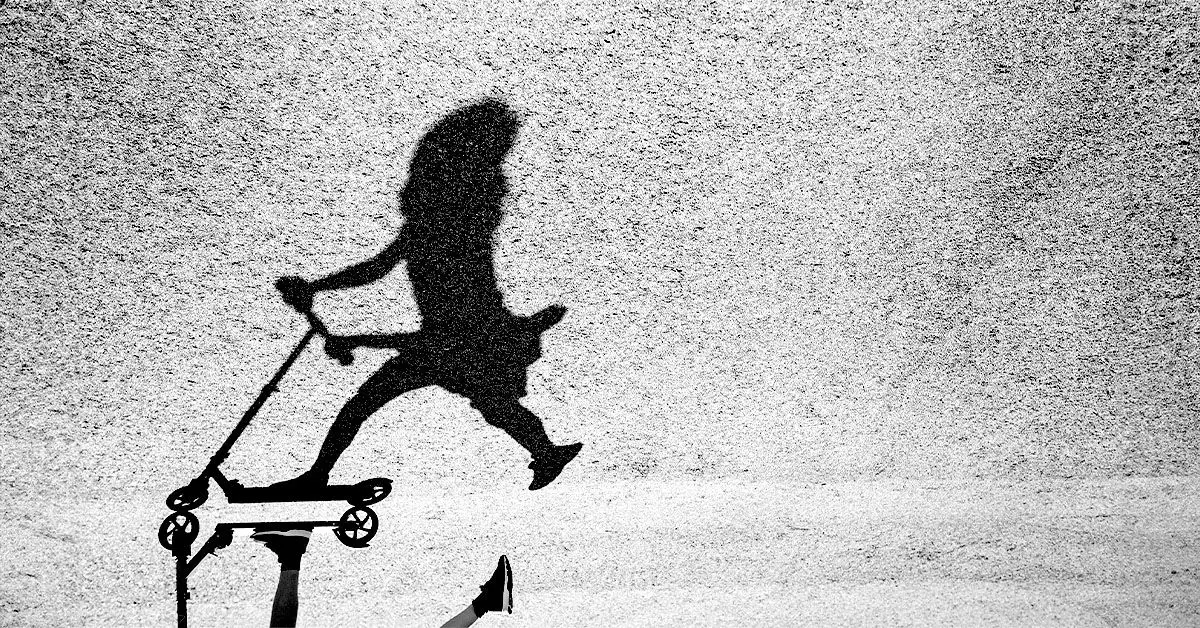Sexual abuse remains one of the most distressing issues faced by society, especially concerning children. This crime not only inflicts physical harm but also leaves lasting scars on the emotional and psychological well-being of young victims. Given the profound implications of such abuse, it is imperative for caregivers, educators, and community members to recognize the warning signs of sexual abuse and take decisive action to protect affected children. This article delves into the various indicators of sexual abuse, their importance, and the appropriate measures one should take when faced with suspicions of abuse.
One of the first areas to examine when considering the possibility of sexual abuse in a child is the physical realm. Signs can range from visible injuries to subtle health issues that, when viewed in context, may be indicative of deeper problems. For instance, any unexplained bruising, swelling, or bleeding in the genital or anal areas should prompt immediate concerns. Such signs could directly signal inappropriate physical contact, warranting thorough investigation.
In addition to visible injuries, behavioral changes might arise as a reaction to pain or discomfort. A child may show an aversion to sitting or walking comfortably, which could suggest physical trauma. Furthermore, recurrent urinary tract infections or unusual vaginal infections represent another critical area of concern, particularly when such patterns appear without a medical explanation. Parents and guardians should also be vigilant about signs like torn, stained, or bloody underwear, as these can serve as raw, tangible evidence of abuse.
Beyond physical signs, behavioral changes can serve as critical red flags for identifying potential abuse. Children may suddenly decline academically; such changes often reflect the impact of trauma that can disrupt their focus and enthusiasm for learning. Social withdrawal is another symptom to monitor. If a child pulls away from friends, family, and activities they once enjoyed, it might point to internalized distress.
Moreover, regression can often be a coping mechanism for children grappling with abuse. Behaviors such as bedwetting or thumb-sucking, once outgrown, may resurface under stress, signaling that the child is in crisis. Additionally, intense fears—whether towards specific individuals or certain locations—can indicate situations or people associated with the abuse.
Equally concerning are instances where children display sexual knowledge or conduct inappropriate for their developmental stage. Such behaviors may stem from exposure to sexual situations or materials, signifying that they may have undergone trauma.
The effects of sexual abuse ripple through various domains of a child’s life, particularly their mental health. Warning signs may manifest as heightened anxiety or depression. Children might experience severe mood swings, isolation, or persistent feelings of worthlessness. These emotional burdens can impede their ability to engage in daily activities, leading to further distress.
Disrupted sleep patterns, such as frequent nightmares and insomnia, also deserve attention. Escaping into an unsettled sleep can reflect a mind burdened with trauma. If a child exhibits self-destructive behaviors, such as self-harm or suicidal ideations, immediate intervention is critical. These signs should not only be taken seriously but also spur adults to act swiftly, ensuring the child receives the necessary support and protection.
When faced with suspicions of sexual abuse, adults must grapple with how to respond appropriately. Listening to a child who discloses information about abuse is paramount. Providing a calm and non-judgmental space encourages openness and reassures the child that they are not at fault.
In cases where the abuse isn’t disclosed explicitly, but there are valid concerns, it is crucial to act nonetheless. Depending on one’s relationship with the child and local laws, reporting such suspicions can be a legal obligation. Engaging with child protective services or law enforcement allows trained professionals to investigate the situation effectively.
To approach the delicate conversation with the child, use language they can understand, asking gentle, probing questions. It is essential to reassure them that help will be sought before making any formal reports.
Once a suspicion is reported, the journey to healing for the child has only begun. Continued emotional support from adults is vital as these young victims navigate their recovery. A robust system of care, whether through counseling, community resources, or educational interventions, can help restore a child’s sense of safety and well-being.
The responsibility of recognizing signs of sexual abuse lies heavily on the shoulders of adults in children’s lives. Understanding the physical, behavioral, and emotional indicators empowers caregivers to take informed actions. Striving for a supportive, vigilant community can make a difference in safeguarding children and promoting their healing journey.

